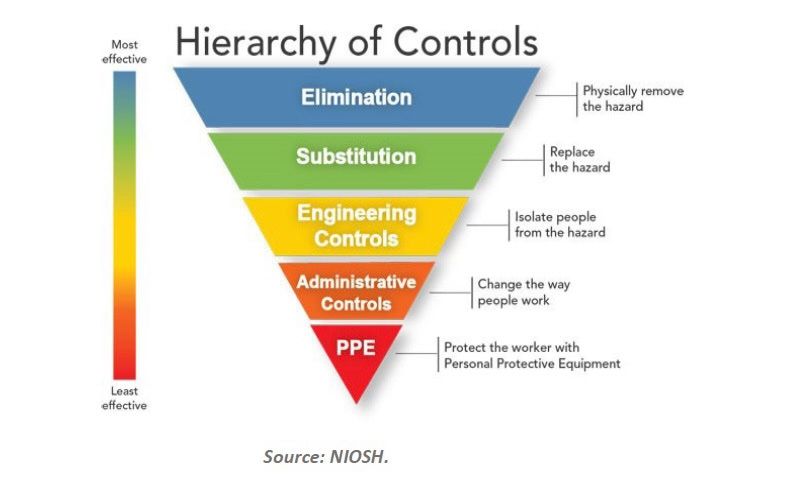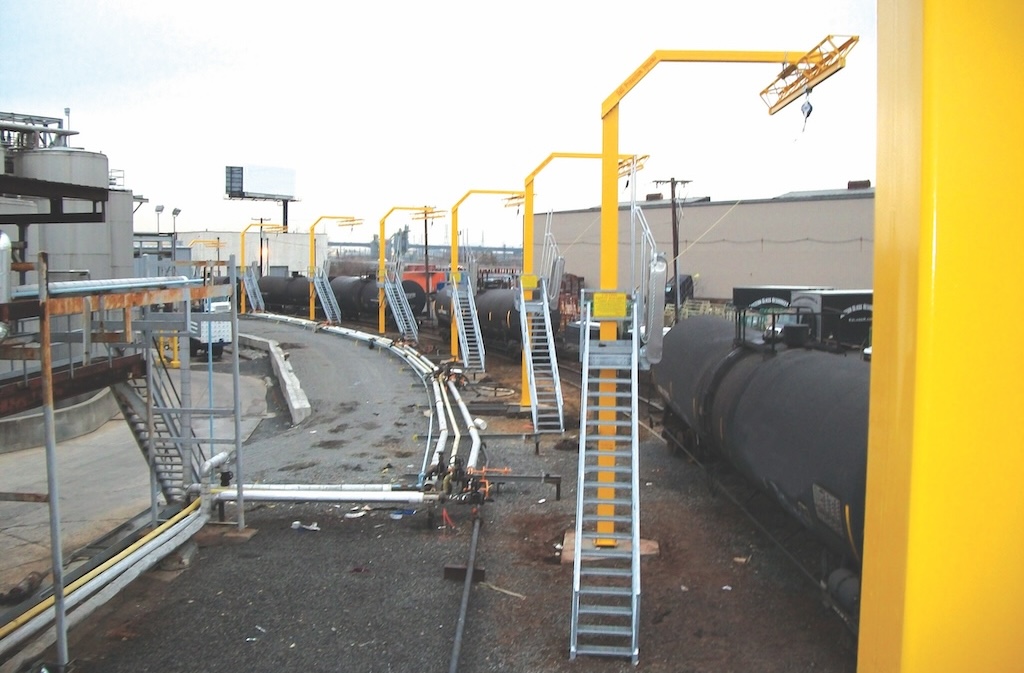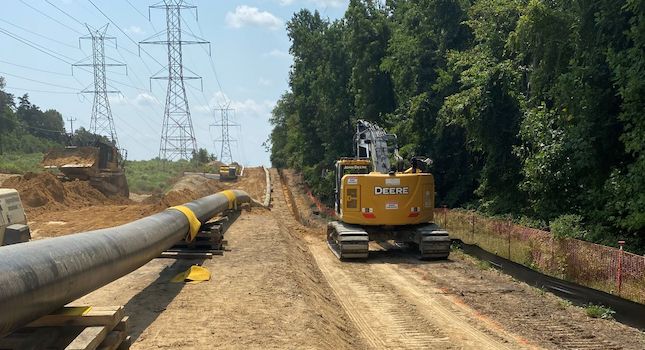By Donald H. Decker, PE, Principal
The Hayo Consultants( www.hayoconsultants.com )
This is the second installment in a three-part article about Maintenance work. We are centering on the “Make Ready, Do, Put Away” activities of your maintenance crew.
Quite often maintenance productivity is associated with the motivation level of our maintenance and technical personnel. There is more to maintenance productivity than the people actually performing the “hands-on” work.
From the moment the maintenance and technical people enter the workplace to the moment they leave, managers are concerned about productivity or getting the work done (the Do).
Just how can we measure the productivity of our crews in that time span?
There are many ”traditional” methods of measuring work performance.
Analytical estimating Estimate the amount of time it takes to do each planned maintenance work order. Compare the estimates against the actual times when jobs are finished for the week/month. The growth or shrinkage of the work order backlog in terms of crew weeks can be tracked and management adjustments made accordingly.
Historical work measurement Historical time data is gathered for job elements. Statistical analyses are run on these completed jobs to get averages.
Engineered standards Pre-determined standards are developed for each element of each job. These are used to estimate work times for each element and the times for all elements on a given job summed to get the total job times.
Time and motion standards This system uses the same approach as engineered standards, but the elements are documented for the given facility in which they are installed.
Work sampling Crews are sampled against pre-determined categories of work activities, using an even smaller list than is outlined in installment No. 1 of this article. Routes are selected, samplers are trained, random sample times for conducting the routes are distributed, samples are taken, and data are gathered and analyzed.
The latest and most efficient way to determine your productivity is one that might be termed “non-traditional,” even though it incorporates many traditional elements.
Overall crew/facility productivity The most efficient way to gauge overall maintenance crew/facility productivity is to use a time-tested empirical chart. Placing your organization on the chart will yield very quickly how you stand versus where you can be. Having an organized maintenance planning and scheduling effort is the key to having the Do optimized.
The productivity of your maintenance and technical personnel depends greatly upon the type of systems and policies that management has applied to the maintenance operations. The types of policies and systems that are employed will be highlighted in the next installment.
The third and final installment explores the most efficient way to measure crew work, the Do!



